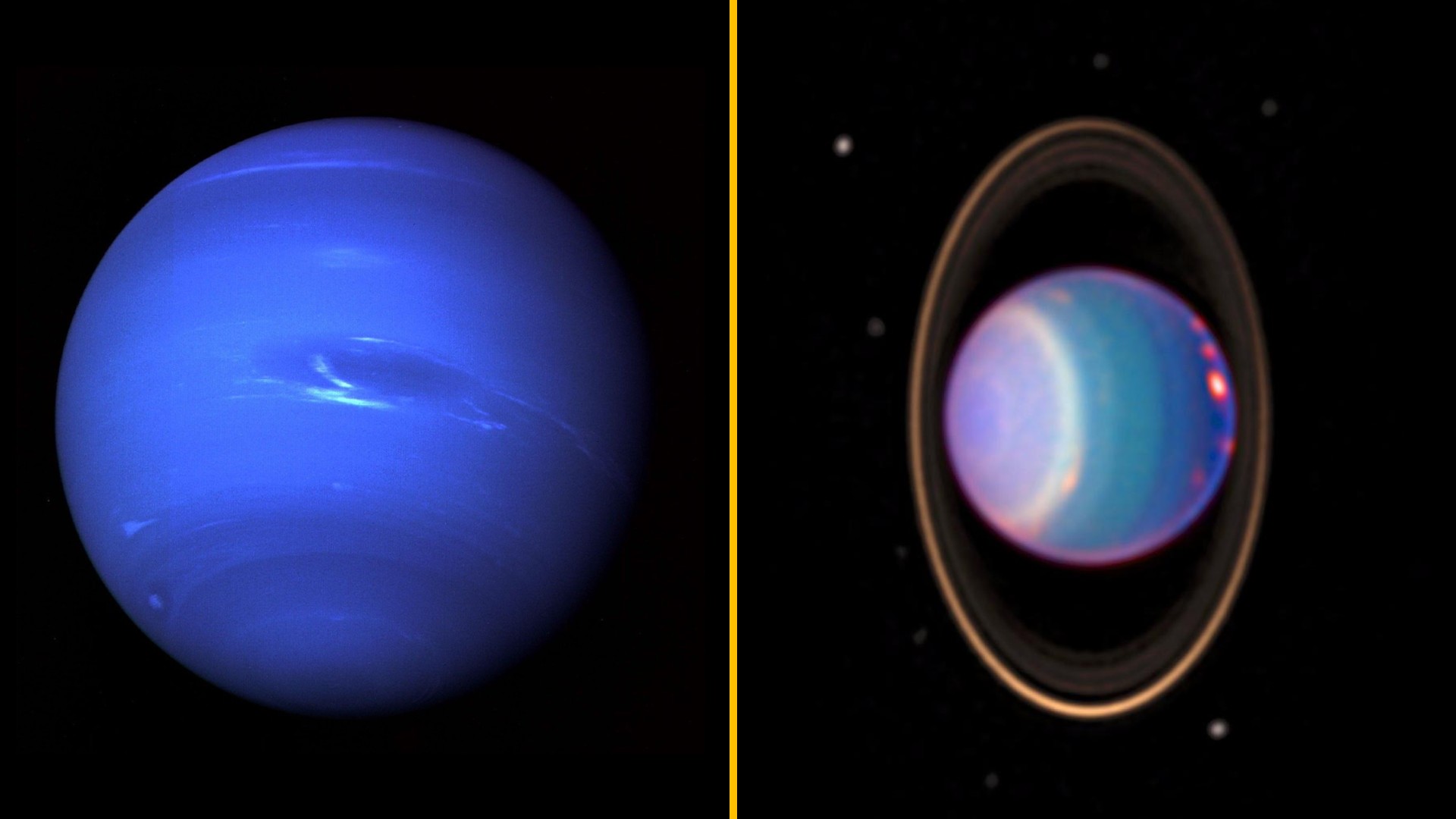NASA Readies Backup Shuttle Runway to Aid Spy Satellite Shot
This story was updated at 11:59 p.m. EST.
HOUSTON — NASA will call up a backup landing strip for the space shuttle Atlantis next week to give the U.S. military more leeway to shoot down an ailing spy satellite, mission managers said Friday.
The space agency will activate a backup runway at California's Edwards Air Force Base on Feb. 20 in addition to the shuttle's primary landing site at the Kennedy Space Center (KSC) in Cape Canaveral, Fla., to give the U.S. Navy the largest window possible in which to launch a missile at the dead satellite, said Sally Davis, lead space station flight director for the shuttle flight.
"We're going to open up Dryden at the Edwards Air Force Base to ensure that we land at the earliest opportunity," Davis told reporters as she read a NASA statement here at the Johnson Space Center. "The reason is to give the military the biggest possible window and maximum flexibility to ensure the success of the satellite intercept."
Atlantis is currently scheduled to land at the KSC runway at 9:06 a.m. EST (1406 GMT) on Wednesday, with a second opportunity available at 10:40 a.m. EST (1540 GMT). By activating the backup runway at Edwards, a third landing possibility is now available at 12:12 p.m. EST (1712 GMT).
Pentagon officials announced Thursday that it plans to fire a Standard Missile 3 from a U.S. Navy Aegis ship in the days following Atlantis' landing to destroy a U.S. reconnaissance satellite before it crashes to Earth.
"So we're going to bring the shuttle down before we even consider this option," U.S. Marine Corps Gen. James Cartwright, vice chairman of the Joint Chiefs of Staff, said during the Thursday announcement.
Get the world’s most fascinating discoveries delivered straight to your inbox.
The classified National Reconnaissance Office satellite weighs 5,015 pounds (2,275 kilograms) and is about the size of a bus. It launched in December 2006, but suffered a major malfunction and is rapidly falling toward Earth. Eager skywatchers can observe the satellite in orbit as it flies overhead.
If left on its own, at least 50 percent of the satellite's mass would survive reentry — including a tank full of toxic hydrazine fuel — prompting concerns that debris could endanger the public should it fall on a populated area, Cartwright said.
The window in which to destroy the satellite just before it reenters the Earth's atmosphere — and still limit the risk of secondary debris endangering unmanned spacecraft, the International Space Station (ISS) and the public on the ground — closes just days after Atlantis' planned Feb. 20 landing.
NASA traditionally only targets the Shuttle Landing Facility runway at its KSC for the first landing day of a shuttle mission because it cuts at least a week and $1.7 million from the spacecraft's turnaround costs for subsequent flights.
Backup landing strips are available at Edwards and, less desireably, White Sands Space Harbor in White Sands, N.M. The New Mexico landing strip is less equipped to receive a landing shuttle and ferry it back to NASA's KSC launch site than the agency's Dryden Flight Research Center at Edwards.
NASA chief Michael Griffin said Thursday that the effort to shoot down the defunct spy satellite will not endanger Atlantis or the international, three-astronaut crew serving aboard the space station. Top space station officials reiterated that point today.
"We've analyzed it and it has negligible impact or additional risk to the space station," said Kirk Shireman, NASA's deputy space station program manager.
Shireman said that there are no current plans to have the space station crew, which is commanded by American astronaut Peggy Whitson, attempt to observe or photograph the satellite's destruction from orbit.
"We're not concerned at all about any risk to the space station an dat this time have no plans for any operations in conjunction," Shireman said.
Commanded by veteran shuttle astronaut Stephen Frick, Atlantis' seven-astronaut crew is in the midst of a 13-day mission to deliver the European Space Agency's Columbus lab and a new crewmember to the ISS.
The shuttle astronauts launched aboard Atlantis on Feb. 7.

Tariq is the editor-in-chief of Live Science's sister site Space.com. He joined the team in 2001 as a staff writer, and later editor, focusing on human spaceflight, exploration and space science. Before joining Space.com, Tariq was a staff reporter for The Los Angeles Times, covering education and city beats in La Habra, Fullerton and Huntington Beach. He is also an Eagle Scout (yes, he has the Space Exploration merit badge) and went to Space Camp four times. He has journalism degrees from the University of Southern California and New York University.


